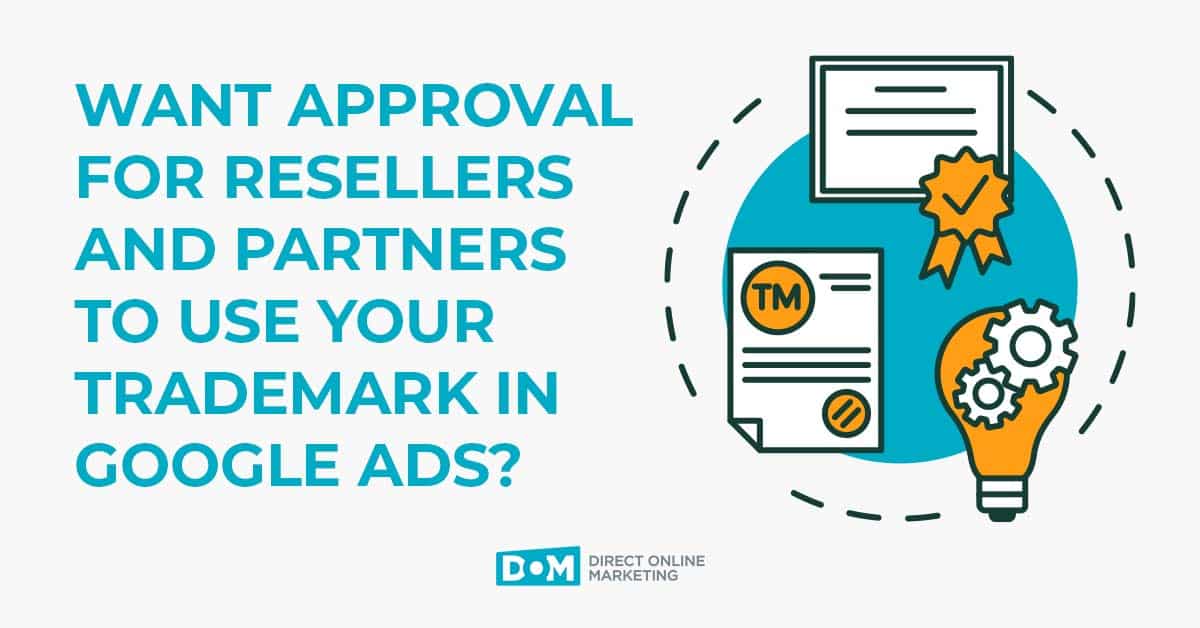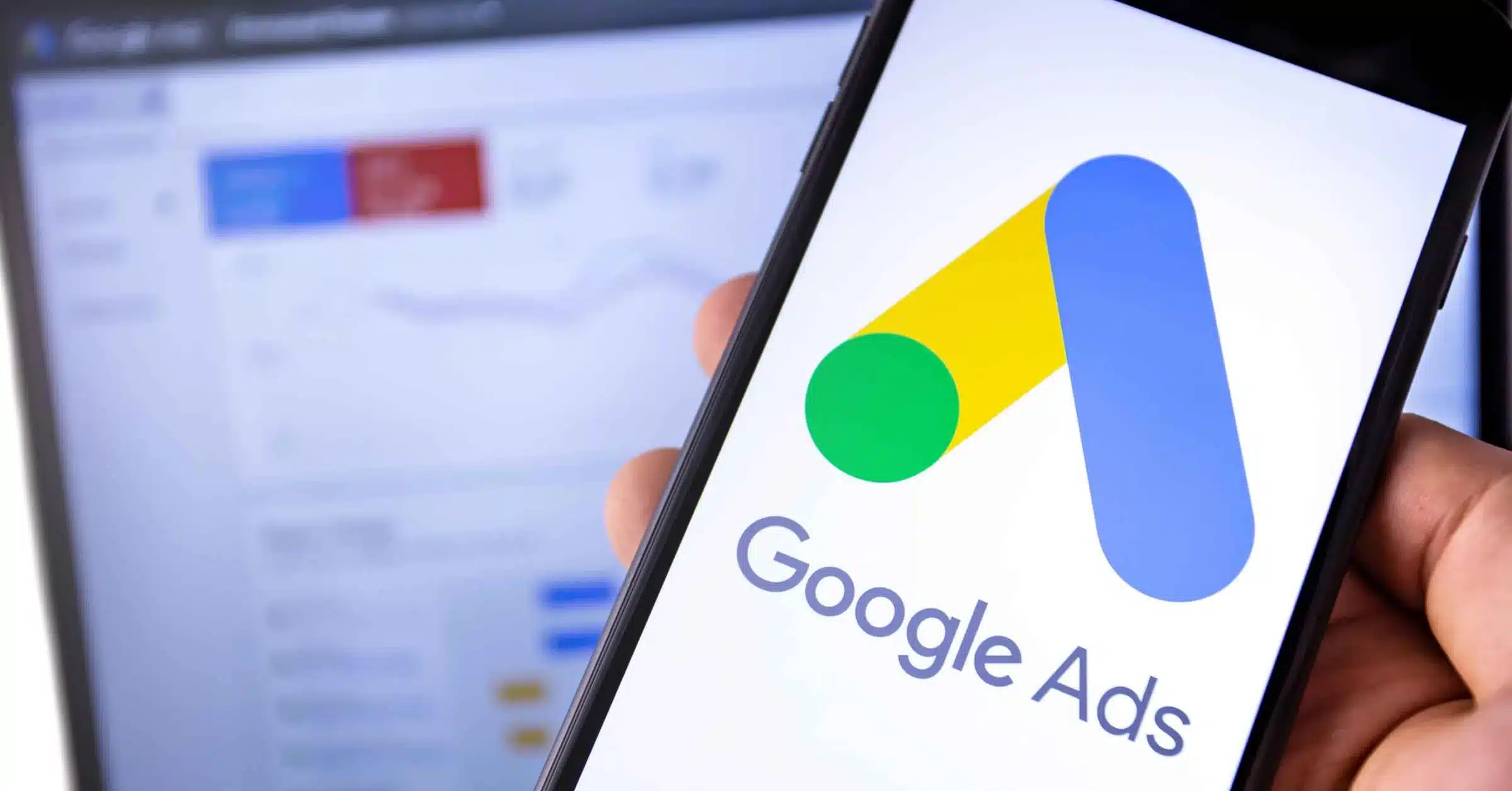Just a quick update today from the From the Analytics Files, where someone asked, “Are online banners considered paid search?” It’s an interesting question and if someone is googling that question, others are probably wondering the same thing. The quick answer is “not really,” but if you’re interested in a more complete answer, continue on after the jump.
There are multiple ways you can get an ad banner placed online. Here are three:
Direct Banner Buys
The most common form of banner advertising is doing a direct buy. You find a site where you think your offerings can do well and you pay said site to appear there. There are many pay models for this type of buy, including flat fee, cpm (cost per 1,000 impressions), pay per click, and pay per acquisition (the most super duper awesome kind, but also the scarcest). This type of buy is definitely not paid search.
Affiliate Marketing
Another way is through affiliate marketing – also not paid search.
Display Networks through Paid Search Providers
Yet another way – and one we actually offer as a service – is buying remnant space through services such as the Google AdWords Display Network. Google called this their content network until very recently so you may hear both terms bandied about. With the Display Network you have the option of paying on a per click basis.
For this type of banner advertising, it would be correct to classify it as “pay per click.” And it is offered through a paid search provider. However, since the ad displays in most instances on non-search result pages*, I wouldn’t call it paid search. If you’re using contextual advertising – where you’re trying to match up your ad to pages with similar content based on keywords you can put in the ad group – it would have a relationship to keywords, but still not really paid search.
* Your ad could appear on the results page of a site search or an arbitrage site purporting to show users relevant information, but these don’t really count.
If you’re new to internet marketing and find information like this post helpful, you may also want to check out our Internet Marketing Terms Glossary – all plain spoken English with definitions of over 100 terms. Happy advertising!


